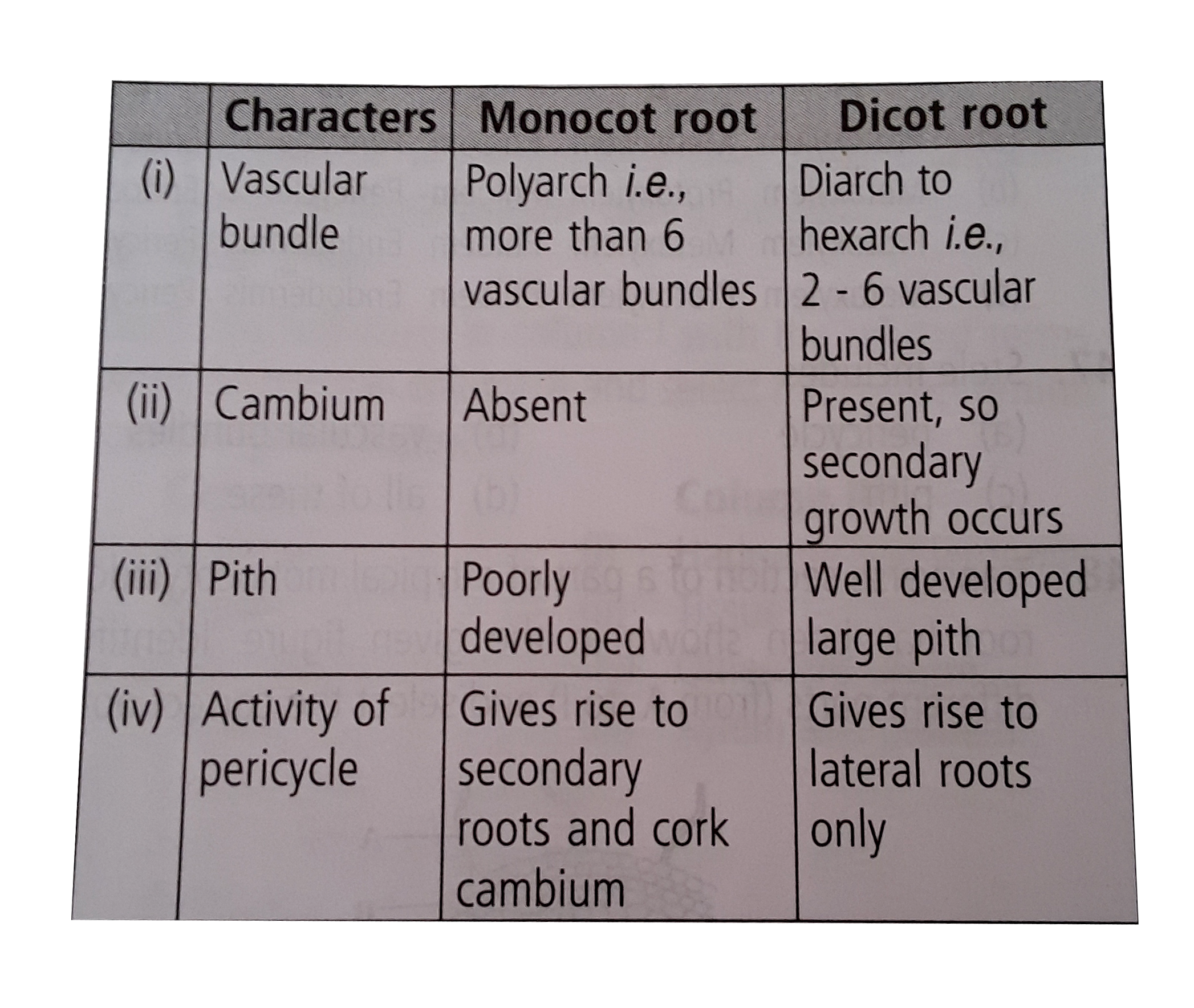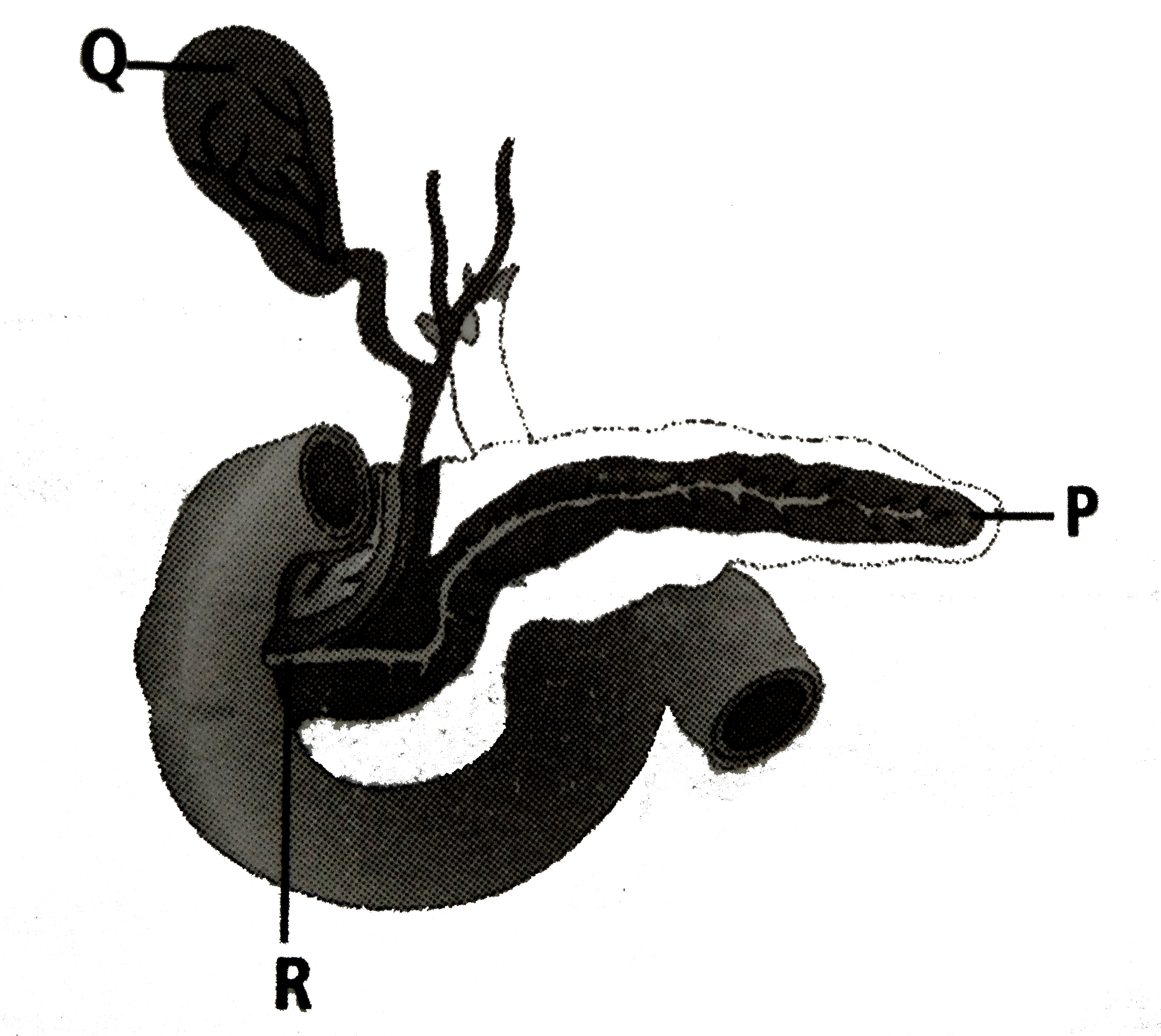Select the incorrect option:
H3PO4 is a tribasic acid
H3BO3 is an Arhenius acid
Sr(OH)2 is a strong diacidic base
NH4OH is a strong monoacidic base.
To solve the question, we need to evaluate each of the options provided and identify which one is incorrect. Let's go through each option step by step.
1. Option 1: H3PO4 is a tribasic acid.
- Analysis: H3PO4 (phosphoric acid) can donate three protons (H⁺ ions) when dissolved in water. It dissociates in three steps:
- H3PO4 → H⁺ + H2PO4⁻
- H2PO4⁻ → H⁺ + HPO4²⁻
- HPO4²⁻ → H⁺ + PO4³⁻
- Conclusion: This option is correct as H3PO4 is indeed a tribasic acid.
2. Option 2: H3BO3 is an Arrhenius acid.
- Analysis: H3BO3 (boric acid) when dissolved in water can release H⁺ ions. It can be represented as:
- H3BO3 + H2O → B(OH)4⁻ + H⁺
- Conclusion: This option is also correct as H3BO3 behaves as an Arrhenius acid by releasing H⁺ ions in solution.
3. Option 3: Strontium hydroxide (Sr(OH)2) is a diacidic base.
- Analysis: Strontium hydroxide dissociates in water to produce two hydroxide ions:
- Sr(OH)2 → Sr²⁺ + 2OH⁻
- Conclusion: This option is correct as strontium hydroxide is a diacidic base (it can provide two hydroxide ions).
4. Option 4: Ammonium hydroxide (NH4OH) is a strong monoacidic base.
- Analysis: Ammonium hydroxide dissociates in water:
- NH4OH ⇌ NH3 + H2O
- Conclusion: Ammonium hydroxide is actually a weak base, not a strong one. It has one replaceable hydroxide ion, making it monoacidic, but it is not strong.
Final Conclusion:
The incorrect option is Option 4, which states that ammonium hydroxide is a strong monoacidic base. This statement is incorrect because ammonium hydroxide is a weak base.
---
- Analysis: H3PO4 (phosphoric acid) can donate three protons (H⁺ ions) when dissolved in water. It dissociates in three steps:
- H3PO4 → H⁺ + H2PO4⁻
- H2PO4⁻ → H⁺ + HPO4²⁻
- HPO4²⁻ → H⁺ + PO4³⁻
- Conclusion: This option is correct as H3PO4 is indeed a tribasic acid.
- Analysis: H3BO3 (boric acid) when dissolved in water can release H⁺ ions. It can be represented as:
- H3BO3 + H2O → B(OH)4⁻ + H⁺
- Conclusion: This option is also correct as H3BO3 behaves as an Arrhenius acid by releasing H⁺ ions in solution.
- Analysis: Strontium hydroxide dissociates in water to produce two hydroxide ions:
- Sr(OH)2 → Sr²⁺ + 2OH⁻
- Conclusion: This option is correct as strontium hydroxide is a diacidic base (it can provide two hydroxide ions).
- Analysis: Ammonium hydroxide dissociates in water:
- NH4OH ⇌ NH3 + H2O
- Conclusion: Ammonium hydroxide is actually a weak base, not a strong one. It has one replaceable hydroxide ion, making it monoacidic, but it is not strong.
The incorrect option is Option 4, which states that ammonium hydroxide is a strong monoacidic base. This statement is incorrect because ammonium hydroxide is a weak base.
Topper's Solved these Questions
- IONIC EQUILIBRIUMBOOK - RESONANCE ENGLISHCHAPTER - IONIC EQUILIBRIUMEXERCISE - Exercise 2 part I only one correct type
16 Videos
- IONIC EQUILIBRIUMBOOK - RESONANCE ENGLISHCHAPTER - IONIC EQUILIBRIUMEXERCISE - Part -II Single and double value integer type
16 Videos
- IONIC EQUILIBRIUMBOOK - RESONANCE ENGLISHCHAPTER - IONIC EQUILIBRIUMEXERCISE - Exercise -1
28 Videos
- HYDROCARBONBOOK - RESONANCE ENGLISHCHAPTER - HYDROCARBONEXERCISE - ORGANIC CHEMISTRY(Hydrocarbon)
50 Videos
- IUPAC NOMENCLATURE & STRUCTURAL ISOMERISM BOOK - RESONANCE ENGLISHCHAPTER - IUPAC NOMENCLATURE & STRUCTURAL ISOMERISM EXERCISE - Advanced Level Problems Part-5
2 Videos
Similar Questions
Knowledge Check

Following table summarises the differences between a monocot root and a dicot root. Identify the incorrect differences and select the correct optionA(i) and (iii)B(i) and (iv)C(iii) and (iv)D(ii) and (iii)Select an incorrect option regarding the given figure
 Aa) P is a compound gland with exocrine and endocrine sectionsBb) R is formed from duct of gall bladder along with the hepatic ductCc) R is guarded by a sphincter of OdiiDd) Q stores bile which is actually produced in liver
Aa) P is a compound gland with exocrine and endocrine sectionsBb) R is formed from duct of gall bladder along with the hepatic ductCc) R is guarded by a sphincter of OdiiDd) Q stores bile which is actually produced in liver
Choose incorrect option
View Solution
Select the only incorrect option for gold sol.
View Solution
Select the only incorrect option for Agl/I− sol.
View Solution
A converging mirror forms real image of object AB on screen. Now a hole is made on mirror just in front of point B, select incorrect options:
View SolutionChoose the incorrect option (s):
View SolutionFind out the the incorrect option :

View Solution
